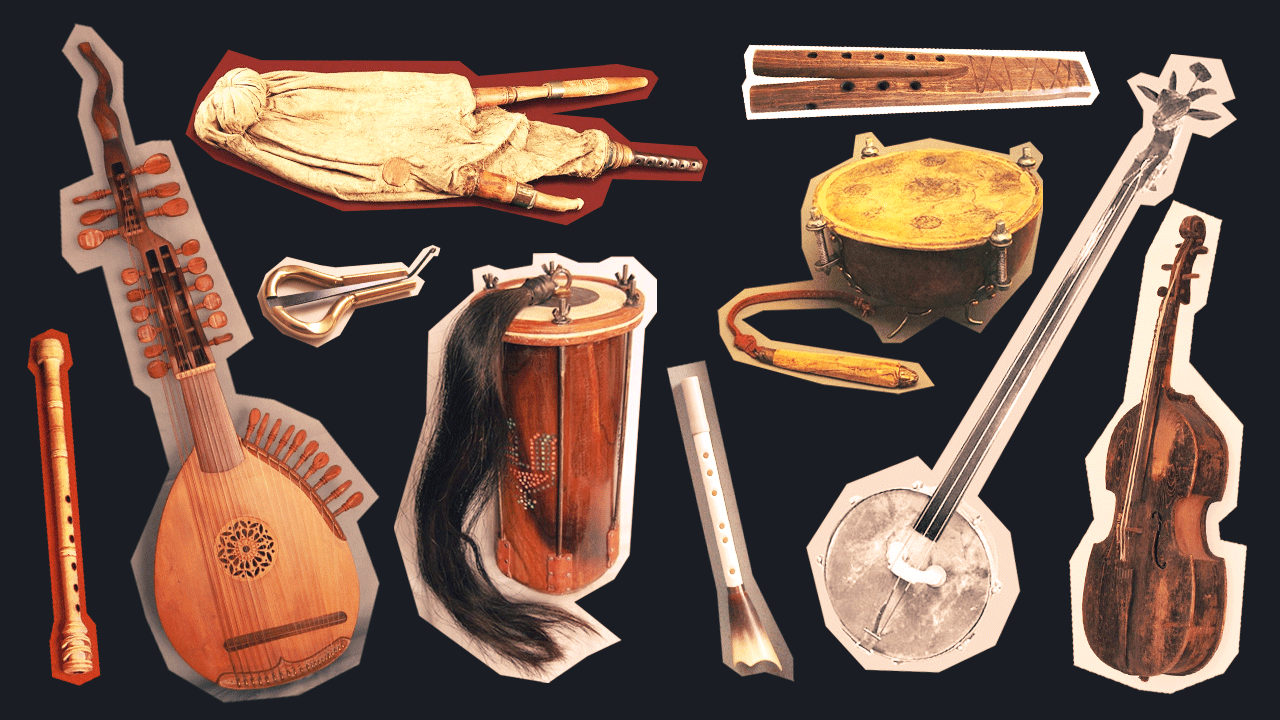The Ukrainians for ages have been pouring out their emotions, complaints, and joys with the help of music. Our culture inherently has a variety of musical instruments – each one is for a different occasion, particular holiday, or event.
Some instruments, like bandura or trembita, are well-known by each of us. See this list of less popular folk instruments. However, they have played an important role in Ukrainian music history and continue to do it.
By the way, many of them are mentioned in the first episode of the documentary series SPALAKH. If you haven’t watched it yet, we advise you to do it.


